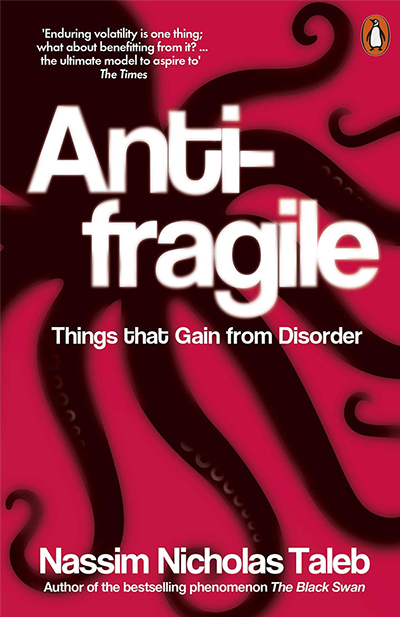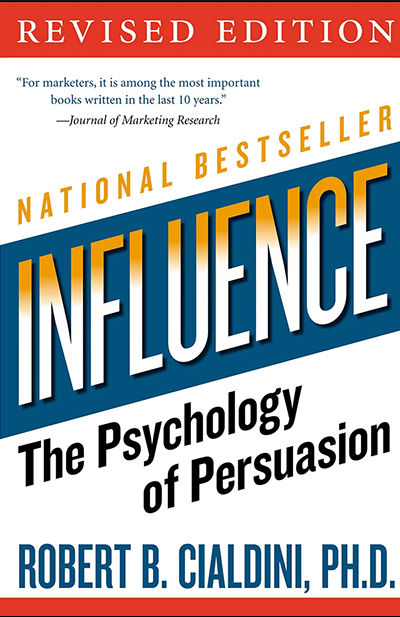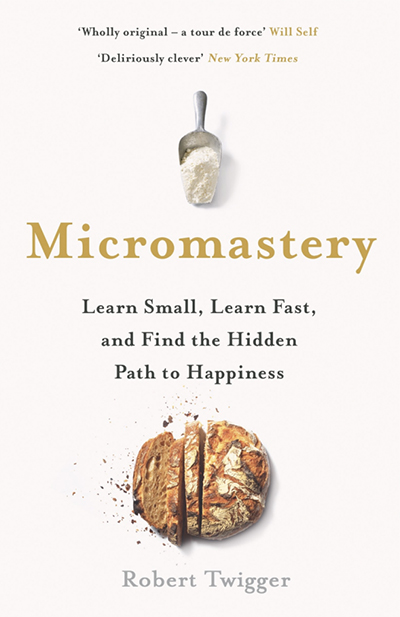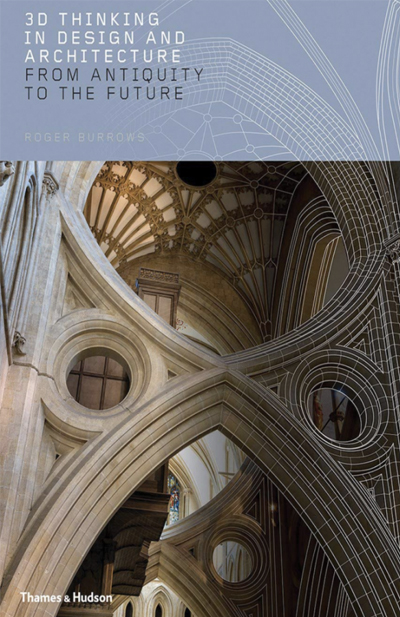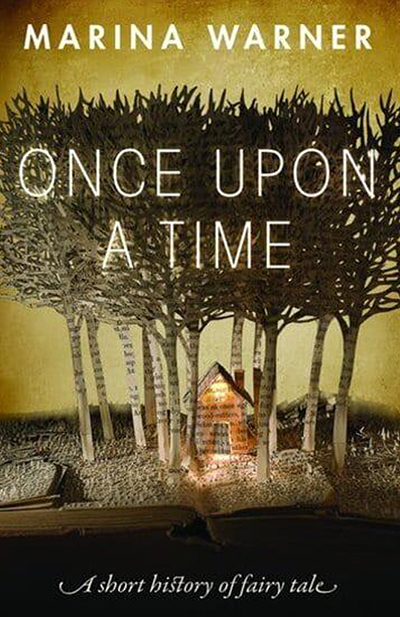Recommended Reads
Antifragile: Things That Gain From Disorder
In this book, Antifragile (2012), Taleb identifies three postures that characterise an approach to living: ‘fragile’, ‘robust’ and ‘antifragile’. Fragile people and approaches collapse when situations change. For example, the French monarchy in 1789 was fragile. Robust people use their strength and immobility to resist change. Sometimes they succeed. But when they don’t, they are destroyed.
Influence: The Psychology of Persuasion
Is it using you, or are you using it? Never have these words been better applied than in the field of influence, or as Cialdini shows, covert influence. Often people are influenced without being aware of the fact. This is less about things such as subliminal advertising, than the result of careful manipulation using six key triggers uncovered in ‘influence situations’. These six, or combinations of them, in the right setting can operate upon you unconsciously.
Micromastery
In Micromastery Robert Twigger details micromasteries. Micromasteries help to add to one's skills: might lead into the greater field of an over-all skill. Lift one out of a rut, improve one’s health and ability to take life’s knocks; have the potential to integrate the multiple selves masquerading as oneself. Fearful of the damage that narrowed information - over-specialising - is doing to society, Twigger, with illustrative biographies and easy prose, shows how to combat solipsistic specialisation.
3D Thinking in Design and Architecture
It is the harvest of the author’s life time of research into our visual thinking and underlying geometric logics. It can be dipped into for the simple pleasure of looking at the beautiful presented illustrations (over 800 of them), but the real value comes from making the effort to try to follow the author’s investigations as to ways that the designs were produced historically and suggestions as to other possible ways to produce them.
Once Upon a Time – A Short History of the Fairy Tale
Fairy stories, we now know, thanks to ground breaking research at the University of Durham in 2016, are much older than previously thought. Indeed for many years academics persisted in dating all fairy stories from their first appearance in print- this despite the widely held knowledge that such stories had been told orally for centuries.
